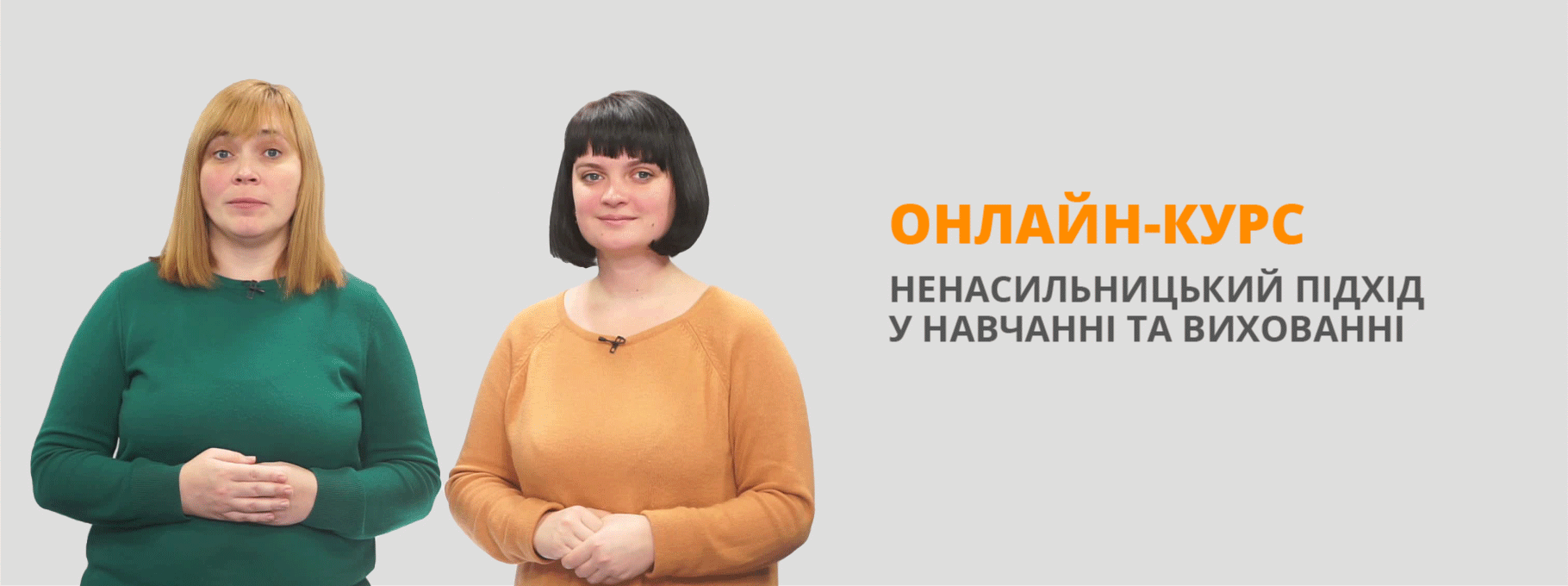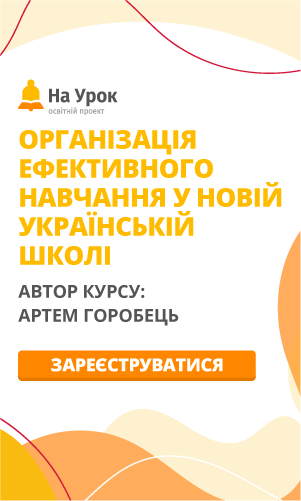Reading 11
II READING
Read the text. Choose the correct answers.
Henry Moore was born in 1898, in a small house in Castleford, in the north of England. He was the seventh child in a family of eight children. His father was a miner and the family were very poor. Despite this, his father wanted his children to be educated, so he sent them to a local school. In his teenage years, Henry was already very clever, and he also showed an ability for art. He went to Castleford Grammar School and later became a teacher there. He might have stayed at the school, but when the First World War started Henry was sent to fight in the army.
In 1917, Henry was injured during the Battle of Cambrai, and he didn’t fight again. Instead, he spent the rest of the war training new soldiers. After the war, he realised that he didn’t want to be a teacher any more. He wanted to follow his dream of being an artist. In 1921, he was accepted at the Royal College of Art. He was very talented, but he wanted to be different from everybody else. He began to experiment with different modern styles of art. This was a problem for his teachers who were trying to teach more formal, traditional art. They couldn’t understand what Henry wanted to do.
In 1924, Henry left England and went travelling in Italy and Paris. He studied Michelangelo and Giovanni Pisano. When he visited the Louvre Museum in Paris, he became interested in sculpture. Back in London, he married Irina Radetsky, who he had met at art college. He began teaching at the Royal College of Art and at the same time, he worked on his own art. His first public sculpture was called West Wind, cut in the stone of a building in London, above St James’s Park underground station.
In the 1930s, Moore became a member of the modern art movement. He admired artists like Pablo Picasso and Jean Arp. Then, during the Second World War, he worked as a war artist and drew many pictures of ordinary people in London escaping the bombing. These have become well known. After the war, he was given many awards, including the International Prize for Sculpture in 1948. He died in 1986. In September 2000, Moore Square was opened on the site where he was born in Castleford.
People noticed Henry Moore had a talent for art when he …...
Read the text. Choose the correct answers.
Henry Moore was born in 1898, in a small house in Castleford, in the north of England. He was the seventh child in a family of eight children. His father was a miner and the family were very poor. Despite this, his father wanted his children to be educated, so he sent them to a local school. In his teenage years, Henry was already very clever, and he also showed an ability for art. He went to Castleford Grammar School and later became a teacher there. He might have stayed at the school, but when the First World War started Henry was sent to fight in the army.
In 1917, Henry was injured during the Battle of Cambrai, and he didn’t fight again. Instead, he spent the rest of the war training new soldiers. After the war, he realised that he didn’t want to be a teacher any more. He wanted to follow his dream of being an artist. In 1921, he was accepted at the Royal College of Art. He was very talented, but he wanted to be different from everybody else. He began to experiment with different modern styles of art. This was a problem for his teachers who were trying to teach more formal, traditional art. They couldn’t understand what Henry wanted to do.
In 1924, Henry left England and went travelling in Italy and Paris. He studied Michelangelo and Giovanni Pisano. When he visited the Louvre Museum in Paris, he became interested in sculpture. Back in London, he married Irina Radetsky, who he had met at art college. He began teaching at the Royal College of Art and at the same time, he worked on his own art. His first public sculpture was called West Wind, cut in the stone of a building in London, above St James’s Park underground station.
In the 1930s, Moore became a member of the modern art movement. He admired artists like Pablo Picasso and Jean Arp. Then, during the Second World War, he worked as a war artist and drew many pictures of ordinary people in London escaping the bombing. These have become well known. After the war, he was given many awards, including the International Prize for Sculpture in 1948. He died in 1986. In September 2000, Moore Square was opened on the site where he was born in Castleford.
After he was injured in the First World War, Henry …...
Read the text. Choose the correct answers.
Henry Moore was born in 1898, in a small house in Castleford, in the north of England. He was the seventh child in a family of eight children. His father was a miner and the family were very poor. Despite this, his father wanted his children to be educated, so he sent them to a local school. In his teenage years, Henry was already very clever, and he also showed an ability for art. He went to Castleford Grammar School and later became a teacher there. He might have stayed at the school, but when the First World War started Henry was sent to fight in the army.
In 1917, Henry was injured during the Battle of Cambrai, and he didn’t fight again. Instead, he spent the rest of the war training new soldiers. After the war, he realised that he didn’t want to be a teacher any more. He wanted to follow his dream of being an artist. In 1921, he was accepted at the Royal College of Art. He was very talented, but he wanted to be different from everybody else. He began to experiment with different modern styles of art. This was a problem for his teachers who were trying to teach more formal, traditional art. They couldn’t understand what Henry wanted to do.
In 1924, Henry left England and went travelling in Italy and Paris. He studied Michelangelo and Giovanni Pisano. When he visited the Louvre Museum in Paris, he became interested in sculpture. Back in London, he married Irina Radetsky, who he had met at art college. He began teaching at the Royal College of Art and at the same time, he worked on his own art. His first public sculpture was called West Wind, cut in the stone of a building in London, above St James’s Park underground station.
In the 1930s, Moore became a member of the modern art movement. He admired artists like Pablo Picasso and Jean Arp. Then, during the Second World War, he worked as a war artist and drew many pictures of ordinary people in London escaping the bombing. These have become well known. After the war, he was given many awards, including the International Prize for Sculpture in 1948. He died in 1986. In September 2000, Moore Square was opened on the site where he was born in Castleford.
When he was at the Royal College of Art, his teachers …...
.
Read the text. Choose the correct answers.
Henry Moore was born in 1898, in a small house in Castleford, in the north of England. He was the seventh child in a family of eight children. His father was a miner and the family were very poor. Despite this, his father wanted his children to be educated, so he sent them to a local school. In his teenage years, Henry was already very clever, and he also showed an ability for art. He went to Castleford Grammar School and later became a teacher there. He might have stayed at the school, but when the First World War started Henry was sent to fight in the army.
In 1917, Henry was injured during the Battle of Cambrai, and he didn’t fight again. Instead, he spent the rest of the war training new soldiers. After the war, he realised that he didn’t want to be a teacher any more. He wanted to follow his dream of being an artist. In 1921, he was accepted at the Royal College of Art. He was very talented, but he wanted to be different from everybody else. He began to experiment with different modern styles of art. This was a problem for his teachers who were trying to teach more formal, traditional art. They couldn’t understand what Henry wanted to do.
In 1924, Henry left England and went travelling in Italy and Paris. He studied Michelangelo and Giovanni Pisano. When he visited the Louvre Museum in Paris, he became interested in sculpture. Back in London, he married Irina Radetsky, who he had met at art college. He began teaching at the Royal College of Art and at the same time, he worked on his own art. His first public sculpture was called West Wind, cut in the stone of a building in London, above St James’s Park underground station.
In the 1930s, Moore became a member of the modern art movement. He admired artists like Pablo Picasso and Jean Arp. Then, during the Second World War, he worked as a war artist and drew many pictures of ordinary people in London escaping the bombing. These have become well known. After the war, he was given many awards, including the International Prize for Sculpture in 1948. He died in 1986. In September 2000, Moore Square was opened on the site where he was born in Castleford.
When he returned to London after travelling in Europe, he …...
Read the text. Choose the correct answers.
Henry Moore was born in 1898, in a small house in Castleford, in the north of England. He was the seventh child in a family of eight children. His father was a miner and the family were very poor. Despite this, his father wanted his children to be educated, so he sent them to a local school. In his teenage years, Henry was already very clever, and he also showed an ability for art. He went to Castleford Grammar School and later became a teacher there. He might have stayed at the school, but when the First World War started Henry was sent to fight in the army.
In 1917, Henry was injured during the Battle of Cambrai, and he didn’t fight again. Instead, he spent the rest of the war training new soldiers. After the war, he realised that he didn’t want to be a teacher any more. He wanted to follow his dream of being an artist. In 1921, he was accepted at the Royal College of Art. He was very talented, but he wanted to be different from everybody else. He began to experiment with different modern styles of art. This was a problem for his teachers who were trying to teach more formal, traditional art. They couldn’t understand what Henry wanted to do.
In 1924, Henry left England and went travelling in Italy and Paris. He studied Michelangelo and Giovanni Pisano. When he visited the Louvre Museum in Paris, he became interested in sculpture. Back in London, he married Irina Radetsky, who he had met at art college. He began teaching at the Royal College of Art and at the same time, he worked on his own art. His first public sculpture was called West Wind, cut in the stone of a building in London, above St James’s Park underground station.
In the 1930s, Moore became a member of the modern art movement. He admired artists like Pablo Picasso and Jean Arp. Then, during the Second World War, he worked as a war artist and drew many pictures of ordinary people in London escaping the bombing. These have become well known. After the war, he was given many awards, including the International Prize for Sculpture in 1948. He died in 1986. In September 2000, Moore Square was opened on the site where he was born in Castleford.
During the Second World War he …....

Створюйте онлайн-тести
для контролю знань і залучення учнів
до активної роботи у класі та вдома


















